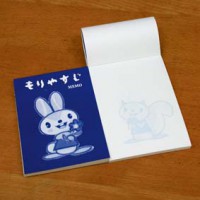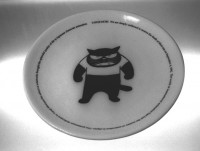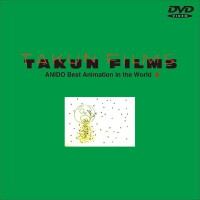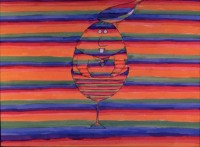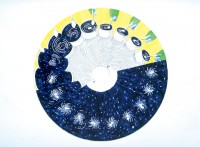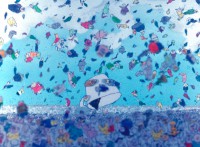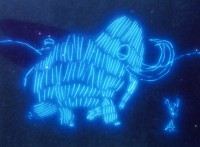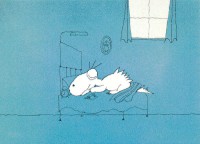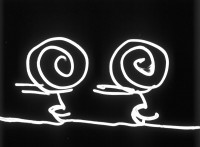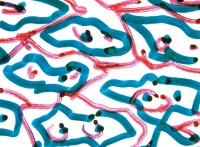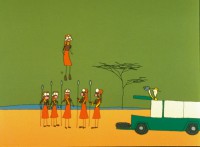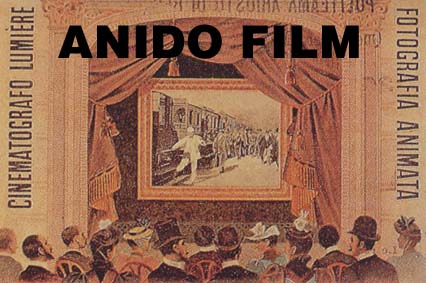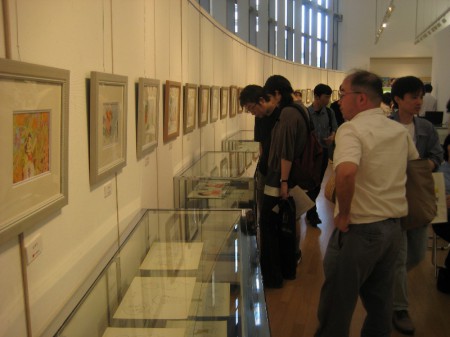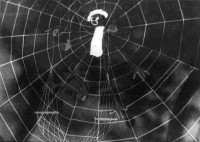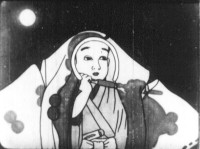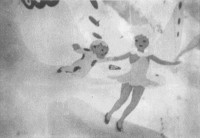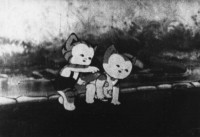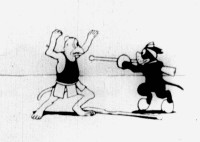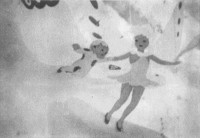ANIDO official website
Sorry, this entry is only available in 日本語.
The first DVD of Taku FURUKAWA, an animator and illustrator has multiple talents.
- Director: Taku Furukawa
- Format: Color, Dolby, DVD-Video, NTSC
- Language: Japanese (Almost works have no dialog)
- Region: Region 2
- DVD Release Date: 1998
- Run Time: 75 minutes
- 18 Animation Works by New Degital Master Recording
- Special feature 01: short movie “BIOGRAPHICATURE” 3 min.
- Special feature 02: interview with Furukawa “TAKUN TOWN” 38 min.
- “ARTOON” Illustration and other art works
01 Oxed-Man 1968 4min.
02 New York Trip 1970 5min.
03 Head Spoon 1972 5min..
04 Nice To See You 1975 3min. *silent film
05 Beautiful Planet 1974 5min.
06 Phenakistiscope 1975 5min.
07 Coffee Break 1977 3min.
08 Motion Lumine 1978 3min.
09 Comics 1979 3min.
10 Speed 1980 5min.
11 SLEEPY 1980 6min.
12 Portrait 1983 5min.
13 The Bird 1985 3min.
14 Mac The Movie 1985 3min.
15 Calligraphiti 1982 5min.
16 Play Jazz 1987 5min.
17 Direct Animation 1987 1min.
18 TarZAN 1990 6min.
Sorry, we are going to update English version soon.
ANIDO has a large collection of films including not only animated films but also documentary films. We lend these materials(in a form of footage) for like TV programme production. Mainly this service is domestic but if you need more detail information, please contact us by E-mail. (film@anido.com)
This summer we will hold Mori Yasuji Exhibition at Maruzen Gallery, Marunouchi oazo, at the centre of Tokyo station.
We will exhibit great illustration and original drawings of this Japanese Animation God. Please come to visit!
[Date] from 27 July (Fri) to 2 August (Tue)
[Opening Time] 9:00 – 21:00
[Place] Maruzen 4F Gallery, Marunouchi oazo
*Admission Free
Each flip book has two scenes from each film called Suteneko Torachan (Kenzo Masaoka 1947), and Nihon Manga-Eiga Hattatsushi (2004).
“Sute-neko Tora-chan” is the masterpiece of Japanese animation’s pioneer, Kenzo Masaoka.
“Nihon Manga-eiga Hattatsu-shi(development history of Japanese animation)” is a short animation film produced by Anido, for the exhibition “Japanese Animated Films” in Museum of Contemporary Art Tokyo in 2004.
105mm×65mm
Each one have the two scenes.
ANIDO has been cooperated with a lot of Animation Film Festivals in the world by various ways like presenting an exhibition or special programmes of Japanese animation films. Here are some examples of our programmes for film festivals. If you are interested in, please contact us by E-mail.
Sorry, we are going to update English version soon.
This page is for Japanese only.
This page is for Japanese only.
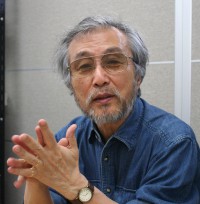 |
Yoichi Kotabe was born in Taipei, Taiwan on 15th September, 1936.
After World War II, went back to Japan and grew up in Hitachi, Ibaraki prefecture. Studied Japanese-style painting as a pupil of Seison Maeda at Tokyo University of the Arts from 1955.
After graduating from the university, joined Toei Animation Studio and had been worked with his master animators Akira Daikuhara, Mori yasuji, and Daikichiro Kusube since 1959.
Played a main role in key animatied drawings in such masterpieces of the studio as Little Prince and the Eight Headed Dragon (1963), Little Norse Prince Valiant (1968), Puss ‘n Boots (1969) followed by such early TV series titles as Ninja the Wonderboy (1964), Hustle Punch (1965).
In 1963, got married to Reiko Okuyama, his fellow animator.
Made his debut as animation director on the animated feature, Flying Phantom Ship (1969). Followed on Animal Treasure Island (1971) for which he created “waves” as well. In the same year, quitted Toei animation studio and transferred to A Production with Isao Takahata and Hayao Miyazaki for the working Pippi Longstocking. Served as animation director in Panda! Go Panda! (1972), Red-Armored Suzunosuke (1972) although the project was broken.
With his mature technique, contributed greatly to the success of the TV series “The world masterpiece theater”, such films as HEIDI(1974), From the Apennines To the Andes (1976) with Takahata, Miyazaki and his partner Okuyama, for both of which he served as character designer and animation director as well as Taro the Dragon Boy, for which he was requested to work on by Toei Animation Studio, in 1979.
Seeking to develop his own drawing stile, played main role in Chie the Brat of Tokyo Movie (1981). His credit title has been watched on the most Japanese masterpieces of animated films. In Nausica of the Valley of the Wind (1984) and The Grave of the Fireflies (1988) served in important scene though they were short nevertheless.
Since 1985, has belonged to Nintendo Co., Ltd. and joined the project of computer game creation of Super Mario Brothers. After quitted in 2007, he still continues with supervising Pokeon, both the feature films and TV series.
Worked on Winter Days in 2003 with Reiko Okuyama.
Since 2005, has been chairman of jury in “Hida International Animation Festival of Folktales and Fables”, and has been hold the post of lecturer at Toei Animation Institute since 2007.
Kotabe and Okuyama named their unit “Atelier REI” for “ANTELOPE”.
We have not introduced this programme to any animation festival yet but we’re ready to offer so please contact us if you got interested in this programme.
Programme Running Time:
Format:
Programme Running Time:
Format:
